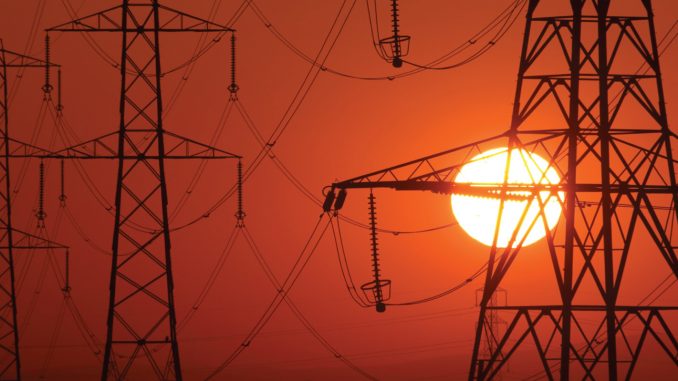
The year 2016 saw sustained momentum in terms of improvements across the power value chain. It was marked by a record low in power deficits, promising progress in distribution reforms, record capacity additions and significant grid augmentation. Looking ahead to 2017, the year is expected to witness some positive trends.
In the generation segment, a significant thrust is expected on hydro. The power ministry has reportedly sought concessions for under-construction hydroelectric projects in the upcoming union budget. The MoP has proposed to include these projects under the “renewable energy” category along with solar and wind power projects, which will entitle them to significantly lower tax rates. A new committee to revive 22 stalled large hydropower projects to make them viable is also on the cards.
On the transmission front, 2017 will mark the beginning of the reverse e-auction mechanism for the bidding of transmission projects to infuse more transparency. The Green Energy Corridors project will be expedited and work on the second phase for solar parks is likely to gain traction. As far as technology is concerned, dynamic controls and smarter transmission systems will see more widespread deployment. In addition, electricity storage systems are likely to become a reality with the CERC notifying a staff paper for their introduction.
One of the biggest milestones for the distribution segment this year will be to achieve 100 per cent rural electrification by May 2017, a year ahead of the deadline set under the DDUGJY. Meanwhile, the impact of UDAY is likely to be visible in the next few quarters given that about 21 states have subscribed to it and around 92 per cent of the discom debt is now covered by the scheme. In fact, some states have already begun to report a reduction in commercial losses and interest costs as well as a narrowing of the revenue gap. Smart meter deployments will also gain traction as the central government finalises its plans to float a bulk tender for procurement.
Meanwhile, on the energy efficiency front, after the successful transformation of the LED bulb market through the UJALA scheme, the focus will be on super-efficient air conditioners to lower peak demand.
That said, there are some issues that the industry hopes the government will resolve this year. Stressed coal-based projects (nearly 50-70 GW of operational coal-based power plants in the private sector), inclusion of power in the GST regime and better implementation of the open access framework are some of the biggest areas of concern.
As before, Power Line hopes to keep its finger on the pulse of the key events and developments in the industry as they unfold in 2017.
